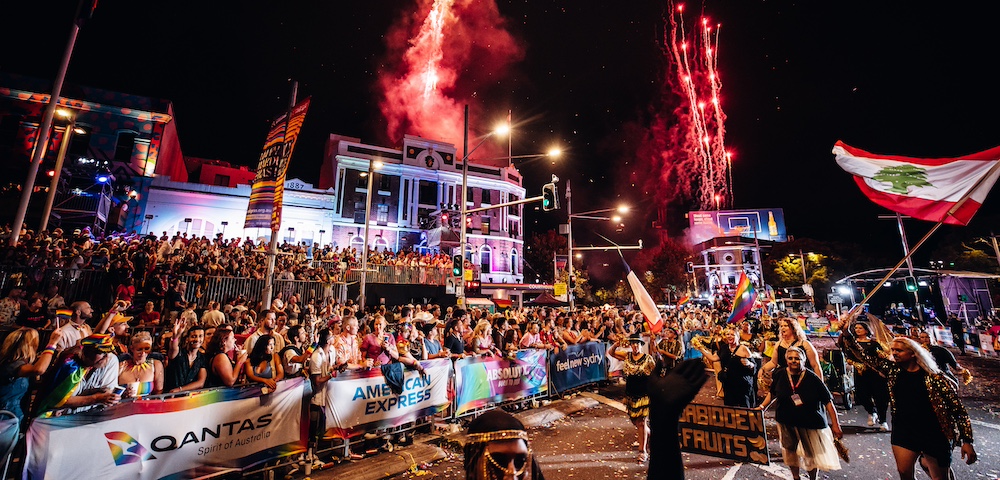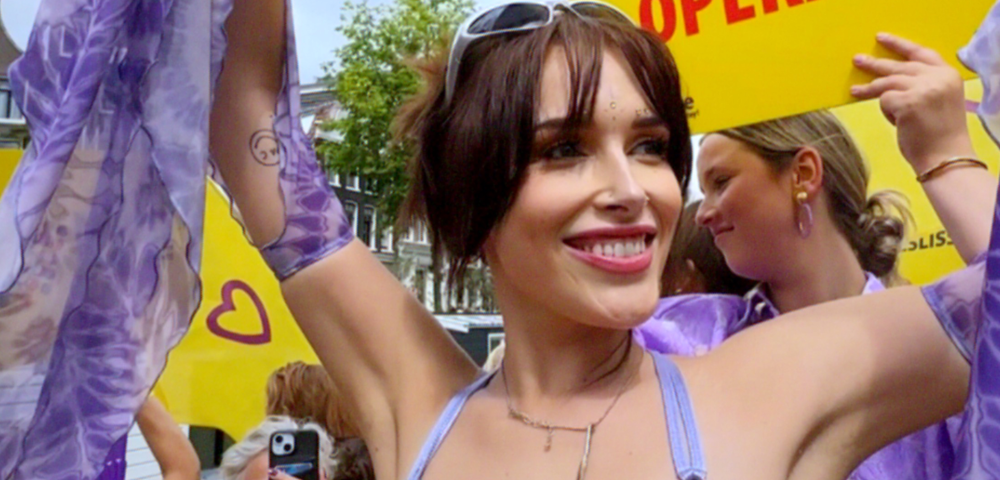
Young gays still on the street
Young LGBTI people are still driven to homelessness because of their sexuality and gender, just like 20-year-old Hannah who will spend Youth Homelessness Day on April 18 in temporary accommodation.
Research from 2003 found young LGBTI people were overrepresented in the homeless population, accounting for 14 percent of homeless people surveyed.
Support workers from New South Wales, Queensland and Victoria who have worked with young LGBTI people told the Star Observer more work was needed to improve how general homelessness services engage with young LGBTI people.
Hannah, like other young homeless LGBTI people, left home over her family disputes about her sexuality.
Living in Brisbane, she came out to her parents late last year and after much fighting, she said it was easier to sleep in her car than live at home.
“I had done a lot of things to help the situation, I went and saw counsellors for them but in the long run, they were trying to change me and it wasn’t going to happen,” she told the Star Observer.
Hannah has spent the past few months ‘couch-surfing’ in Brisbane with the support of her friends and Open Doors Youth Service which has supported her emotionally, and has helped her find accommodation and apply for financial assistance.
Hannah had sought assistance from other services outside of homelessness agencies although she found they weren’t much help since they didn’t understand her situation.
Homelessness among young LGBTI people is still common, according to Victoria’s Family Access Network (FAN) CEO Sue Carlile, Queenland’s Open Doors acting coordinator Rocky Malone and New South Wales’ Twenty10 managing director Rebecca Reynolds.
They found many general homeless services across the three states were still uninformed about LGBTI issues which limited the number of services to which they could refer this vulnerable group.
FAN is open to all young people but has designated two properties with some beds specifically for young LGBTI people. Carlile said there were several reasons why LGBTI-friendly responses weren’t practised in homelessness services: from a fear of ‘doing it badly’ or unintentionally singling someone out to services blatantly refusing to acknowledge diverse sexuality and gender as a factor in homelessness.
“You don’t ask a girl about her boyfriend, you ask simple questions about who are the important people in her life,” Carlile said.
“As a community, we all need to be mindful of the needs of those who are vulnerable in the community.”
In NSW, Twenty10’s Rebecca Reynolds said there were no beds just for LBGTI people although she had confidence in some services that had undertaken training to work with LGBTI people.
Reynolds said she respected the efforts of social welfare workers but some services needed a better understanding of LGBTI issues to help young people.
“We’ve got some really big gaps in our service system in terms of appropriate beds that are available, particularly for queer young people,” she said.
“When we’re talking about young people, it’s a very different picture because the impact of not having somewhere secure, stable and ongoing to sleep, on your ability to study, on your employment or your ability to reconnect with family and friendship groups … is severely impacted when you don’t have that secure and stable accommodation.”
Reynolds said accommodation for transgender youth was difficult as safe options such as single-sex accommodation were problematic.
In Queensland, Malone said there were only four services she felt confident referring young people to if they needed crisis accommodation.
Malone, along with much of the research on the issue, said the leading causes that drive young people on to the streets were problems about their sexuality at home and school. While some young people faced pressure at home, Malone said some young people were too scared to come out.
“If they have this big fear that their parents aren’t going to take it the right way, they leave home because they’re too scared of what their reactions are going to be so they just prematurely leave home.”
Despite the roll-out of sexuality and gender-based anti-discrimination laws across the country over the past few decades, research has shown a slight increase in abuse at home and schools.
The most recent Writing Themselves In (2010) report found that 24 percent of young LGBTI people were experiencing abuse in schools and at home compared to just 18 percent in 2004 and 16 percent in 1998.
While Carlile, Malone and Reynolds agreed the current situation was not ideal, they were confident that services were improving so that young people like Hannah could a bit feel more secure during times of crisis.
Youth Homelessness Day is part of National Youth Week which finishes on April 22.
INFO: www.opendoors.net.au www.twenty10.org.au www.fan.org.au










This is some of the results do the violence spread for the Catholic Church and Conservative Party. This kind of violence is maneu time not seen, it’s a white collar violence, it’s a diplomatic and political violence.
Some much is been said about an activist facing Tonny Abott in a restaurant but not much about the institutional violence and hate calls from some politicians and groups forcing the citizens of Australia to live their way of life and family customs.
The majority of the australians support the gay marriage, and the government has to defend the community to ensure their rights are respected.
I hope soon politicians stop their old ideology arguments and start working for the citizens demands.
@Mauricio_L_Vera